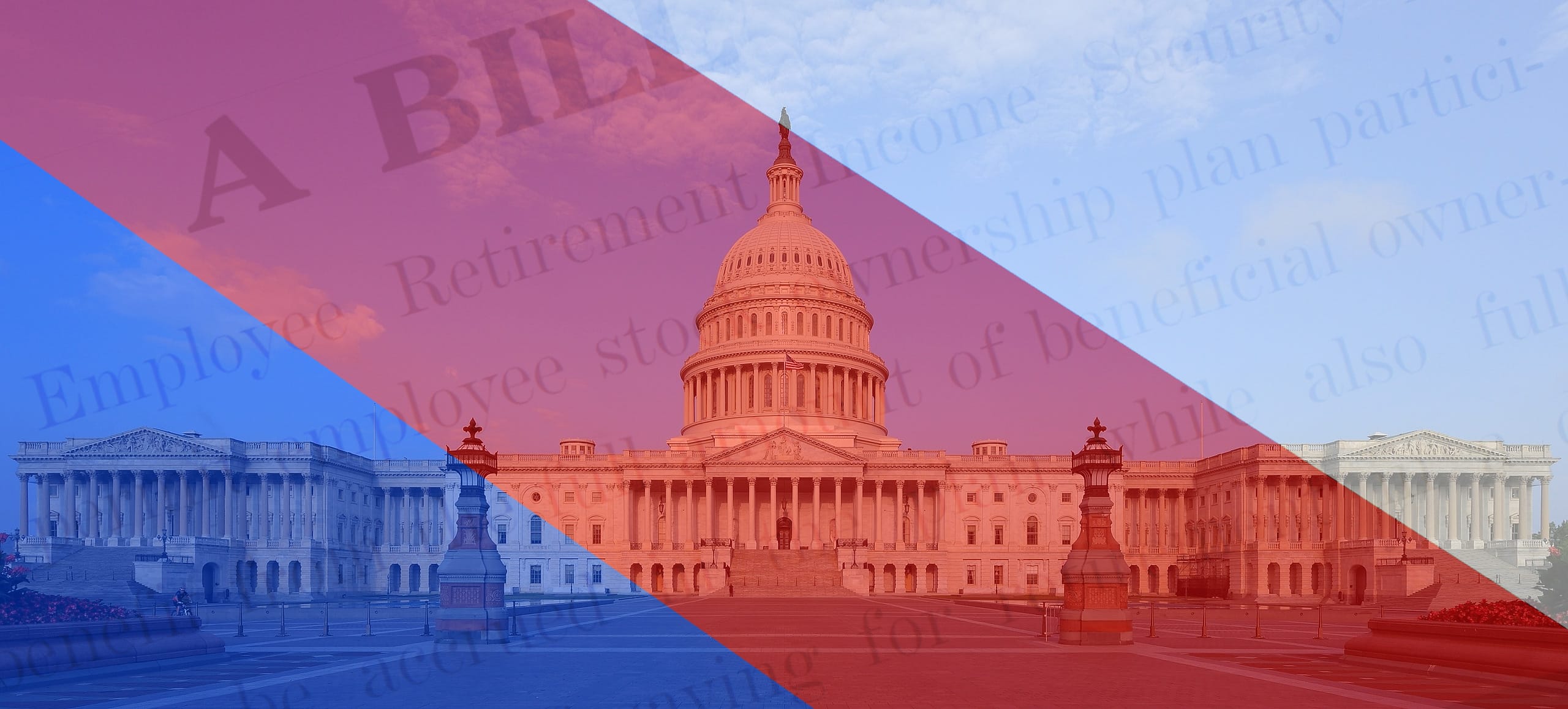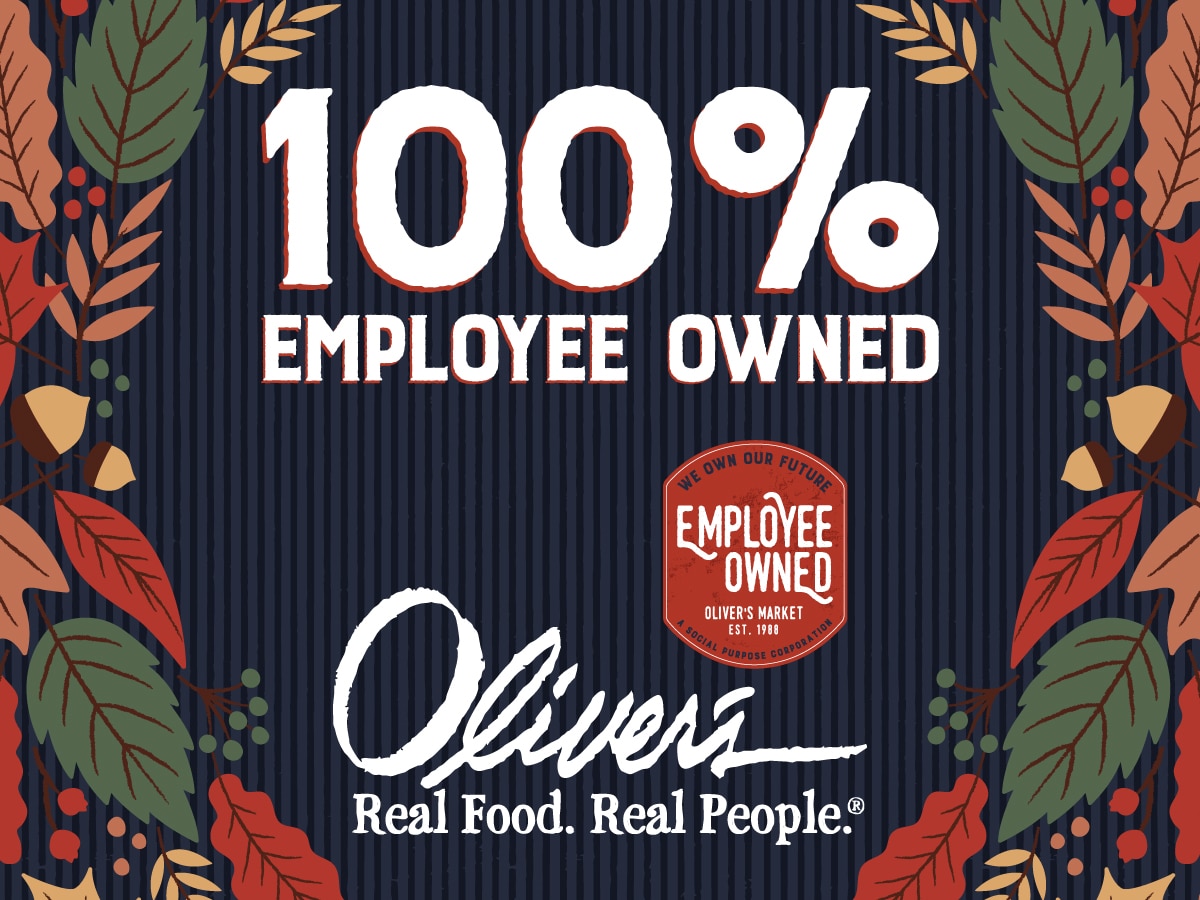“A new dawn greets ESOP companies!”
“The Holy Grail of business opportunities beckons: ESOP companies can now operate tax free!”
Not since 1984, when the §1042 tax-free rollover was enacted, has the ESOP community bubbled with such enthusiasm.
Under the provisions of the Economic Growth and Tax Relief Reconciliation Act of 2001, (“EGTRRA”), the ESOP’s share of S corporation earnings will not be subject to federal corporate taxation or to taxation as “unrelated business income tax,” unless the ESOP runs afoul of certain “anti-abuse” provisions. Thus, in the case of an S corporation that is 100% owned by its ESOP, the company’s earnings will be entirely tax exempt. Even the least ebullient of practitioners note that fiduciaries of existing ESOPs now confront a new obligation: to assess whether electing S status would benefit the company and the trust beneficiaries.
A Bit of History
Until the Small Business Job Protection Act of 1996 (“SBJPA”), ESOP companies were not permitted to elect S corporation status as defined in sub-chapter S of the IRC (§1361). No explicit prohibition in ESOP law precluded the S election. Rather, S corporation law limited shareholders to natural persons and certain estate trusts: ERISA trusts were not included.
S corporations seeking to establish an ESOP could do so as long as the plan was funded with cash. As soon as that cash was utilized to purchase securities of the sponsoring employer, S status was automatically lost.
The SBJPA, among several other modifications to S corporation law, permitted qualified employee benefit plans, such as ESOPs, to be shareholders in S corporations. This liberalization was not, however, without countervailing restrictions and technical deficiencies: Shareholders selling stock to an S-ESOP are not permitted to qualify the sale proceeds for tax-deferred treatment under §1042.
The “deductible dividend” provisions of IRC §404(k) available to C-ESOPs paying down a securities acquisition loan are not permitted for S-ESOPs. Moreover, interest payments on the securities acquisition loan will need to be accommodated within the contribution limits rather than in addition to those limits.
This restriction is particularly vexing because of the wide popularity of voluntary employee deferral 401(k) plans, which must also be accommodated within the 25% contribution constraint. And finally, the S-ESOP was to be responsible for paying a so-called “unrelated business income tax” (“UBIT”) on the portion of corporate income attributable to the ESOP-owned stock.
In general, S corporation profits are taxed on the personal returns of shareholders rather than at the corporate level. When corporate rates were higher than the maximum marginal personal rates, this arrangement provided a tax advantage. Many companies switched to S status. Now that the maximum personal rate (39.6%) exceeds the maximum corporate rate (34%), there is probably some disadvantage in maintaining S status. (Only some states apply the federal principle and treat S corporation income as personal income; others continue to levy tax at the corporate level. Thus it is difficult to make broadly valid generalizations concerning total tax rates.)
Upon liquidation or sale of the assets of an S corporation, however, S shareholders retain an advantage: the gain is taxed only once, in their hands, not first at the corporate level and again at the personal level, as is the case with C corporations. (This advantage is moot in the case of a stock sale such as a stock swap with another corporation, or a direct stock sale to another shareholder or to an ESOP.)
The UBIT requirement of the SBJPA initially may seem logically parallel to the tax treatment of S profits in the hands of personal shareholders. Yet several problems emerged as practitioners considered the actual implementation of the law: What if the ESOP had no funds to pay the tax? Fiduciaries cannot compel corporate management to make a contribution. Now, in the vast majority of S corporations, management does indeed distribute at least enough to pay the tax to shareholders. If such a distribution is made, it must be made to all shareholders pro rata, including the ESOP shareholder.
Yet ultimately, a non-minority shareholder cannot compel such a distribution absent a binding shareholder agreement. Would it be acceptable to “raid” participants’ Other Investment Account (“OIA”) balances in order to pay taxes? What if the OIA is insufficient? In addition, unlike ordinary shareholders, ESOP participants are liable for tax upon the eventual distribution of their ESOP account balances. Doesn’t this represent a kind of double taxation?
After due consideration of these issues, Congress included provisions in the Tax Reform Act of 1997 (“TRA’97″) which revoked the UBIT requirement for ESOPs (though not for other qualified plans holding S corporation employer securities). In 1999, however, the Clinton Administration proposed restrictive legislation that was designed to eliminate perceived abuses that could occur if the ESOP had only one or a few employees. In response to this proposal, Senator John Breaux and Congressman Jim Ramstad drafted much more limited anti-abuse provisions, which were subsequently included in EGTRRA 2001.
As a result, it is now clear that a 100% ESOP-owned S corporation can indeed operate free of annual corporate or personal income tax, subject to compliance with the anti-abuse provisions of EGTRRA.






